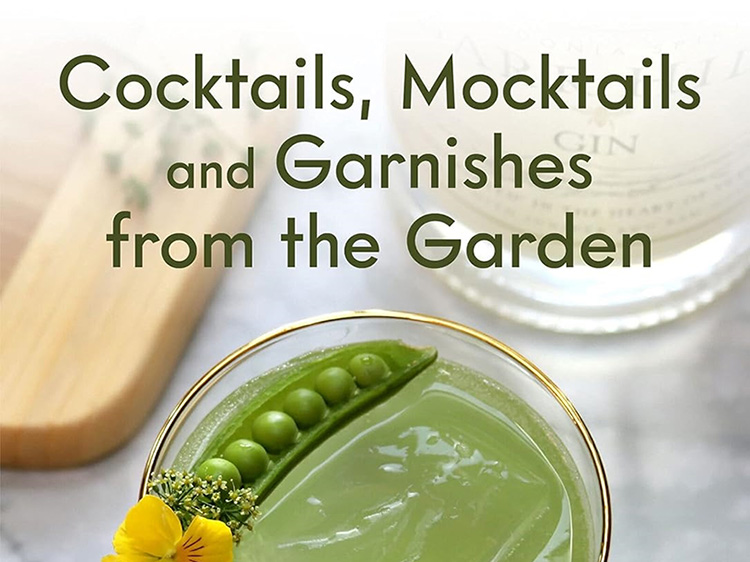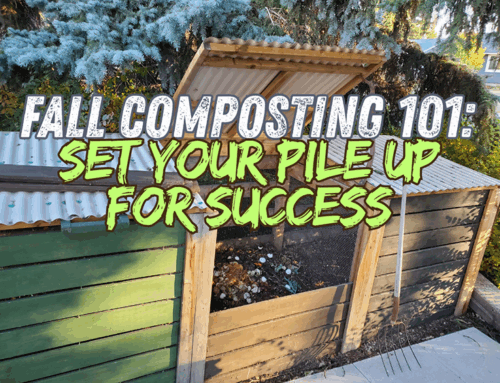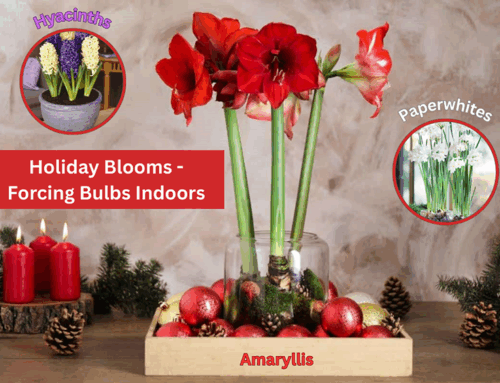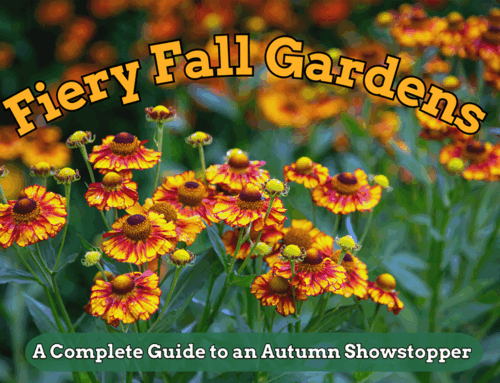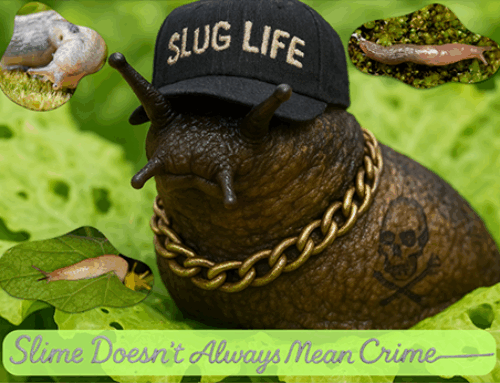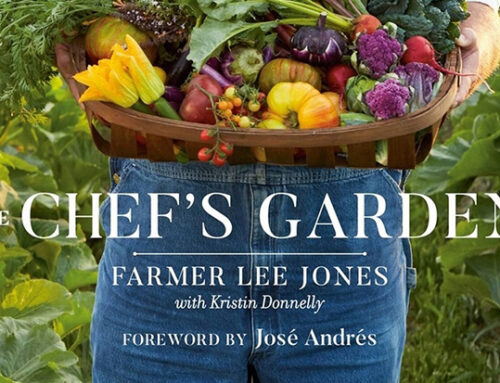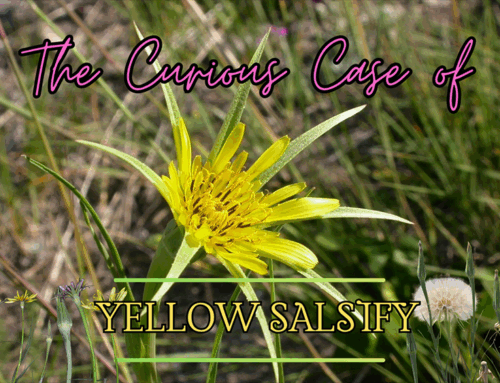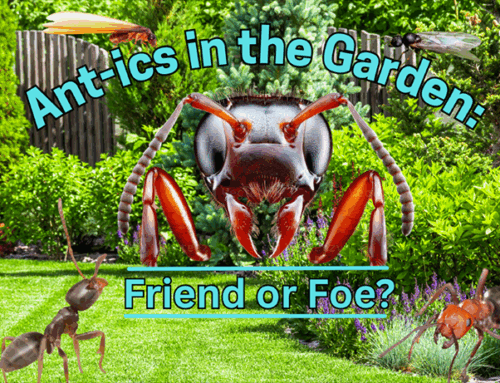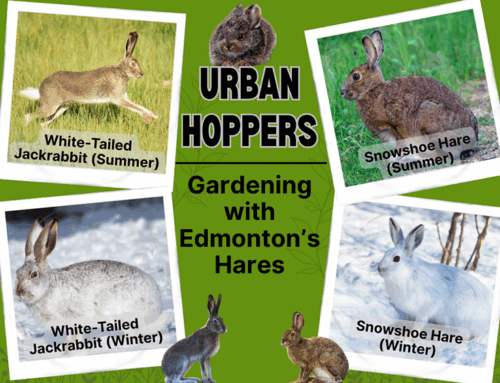Book Review: Cocktails, Mocktails, and Garnishes from the Garden
Reviewed by Brett Kerley
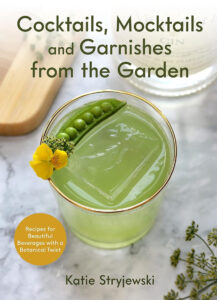 Cocktails, Mocktails, and Garnishes from the Garden: Recipes for Beautiful Beverages with a Botanical Twist. Stryjewski, Katie. Turner Publishing Company / TMA Press, 2021 ISBN: 978-1642504972 Pages: 156
Cocktails, Mocktails, and Garnishes from the Garden: Recipes for Beautiful Beverages with a Botanical Twist. Stryjewski, Katie. Turner Publishing Company / TMA Press, 2021 ISBN: 978-1642504972 Pages: 156
Cocktails, Mocktails, and Garnishes From the Garden is not a gardening manual per se, but who doesn’t want to grow things that can be used to create tasty beverages? It covers cocktail history, the basics of making cocktails, growing a cocktail garden, and recipes. The all-important recipes section is organized by spirit type (cognac, gin, rum, etc.) and includes “pro tips” and great photographs.
Strengths (From an Edmonton Gardener’s Perspective)
As someone gardening in Edmonton (Zone ~3–4, short growing season, risk of late frost / early frost, long daylight in summer, cold winters), here are what I see as the strong points of the book:
- Good plant selection & ideas for garnish gardens: The sections on plants include a variety of herbs, flowers, fruits that are feasible in our climate if protected or started early. For example, herbs like basil, thyme, mint, rosemary, etc., are well covered. The advice on planting, soil, seed-starting etc. is useful. I found the “Growing a Cocktail Garden” section perhaps the most attractive for gardeners.
- Inspirational photography & presentation: The visuals are appealing; seeing what a garnish could look like helps in planning garden layout and harvesting for aesthetics, not just flavour. This is especially motivating when gardening under short but bright summers.
- Mix of classic and creative recipes: There’s a balance: not overly “fussy”, many recipes are approachable; at the same time creative twists (flower infusions, unusual garnishes, shrubs, etc.) are nice. This helps for someone who wants to try things without feeling overwhelmed.
- Mocktail options: Helpful for all-ages or non-alcohol drinkers; gives a gardener non-alcoholic use for garden produce. Good for Edmonton’s gardening community events, or sharing produce in creative ways beyond cooking.
Challenges in the Edmonton Area
- Climate constraints: Some plants and flowers recommended won’t survive outdoors without protection, or may need a greenhouse or indoor starting. For example, rosemary can be grown in the garden over the summer but needs to be brought indoors for the winter. If the book doesn’t specify hardiness or zone-specific cultivation tips,Edmonton gardeners will want to look for elsewhere.
- Short season for harvesting: In Edmonton, frost times limit what can be grown and when. The book’s suggestions for harvesting need to be timed carefully; some garnishes may need to be picked early or grown in containers that can move indoors.
- Winter / off-season availability: For many gardeners, much of the year there are no fresh herbs or flowers. More suggestions around preserving, infusing, freezing, drying would be helpful and would add great value. If they aren’t present, gardeners will want to plan ahead (freeze herbs, preserve fruit, make syrups etc.).
- Indoor gardening / starts: For success here, starting seeds early indoors, possibly using grow lights, and having access to frost protection is key. The book’s coverage of that is helpful, but local adaptation is needed.
Edmonton Cocktail Garden Adaptations
Herbs (easiest & most useful)
These thrive in Edmonton’s short season and make great garnishes, syrups, or muddled bases:
- Mint – Thrives in containers (keep it contained or it’ll spread!). Great for mojitos, juleps, iced teas, and mocktails.
- Basil – Needs heat; start indoors in April and transplant late May/early June. Works beautifully in gin and vodka drinks.
- Sage – Hardy perennial if mulched; fantastic in whiskey smashes or infused simple syrups.
- Thyme – Low maintenance; adds savoury notes to gin or vodka cocktails.
- Rosemary – Not winter hardy; grow in pots and bring indoors. Classic with gin & tonics or infused syrups.
- Lavender – Hardy to Zone 4 with protection. Use sparingly—strong flavour but lovely in lemonade, syrups, and martinis.
Flowers (for show-stopping garnishes)
- Pansies & Violas – Edible, colourful, and frost-tolerant; plant in early spring. Float them on mocktails or freeze in ice cubes.
- Calendula – Grows easily from seed; petals add a bright, citrusy garnish.
- Nasturtiums – Peppery edible flowers and leaves; climb or trail from containers. Bold garnish for savoury cocktails.
- Chamomile – Dainty flowers; harvest for tea infusions or use fresh for garnish.
Fruits & Vegetables
Some of the book’s suggestions (like citrus) aren’t practical outdoors in Edmonton, but here’s what works:
- Strawberries – Short-season varieties (like ‘Kent’) ripen in June/July. Perfect for muddling, syrups, or garnish.
- Raspberries – Thrive here; great in mojitos, lemonades, and gin cocktails.
- Rhubarb – A prairie classic! Makes gorgeous syrups and pairs well with gin or vodka.
- Cucumbers – Crisp and refreshing; slice into gin cocktails or muddle into mocktails.
- Currants & Saskatoons – Local fruit twist for syrups, shrubs, or garnishes.
Year-Round Tips
- Preserve the harvest: Freeze herbs in ice cubes, make flavoured syrups, dry lavender and mint for winter drinks.
- Indoor growing: Rosemary, basil, and dwarf citrus trees do well under grow lights.
- Plan your cocktail garden: Plant herbs in containers so you can bring them inside in September to extend use.
About the Author
Katie Stryjewski is a writer, cocktail enthusiast, and the creative force behind the popular Instagram account @Garnish_Girl. Known for her vibrant photography and approachable style, she makes mixology accessible to home gardeners and home bartenders alike. Her work highlights the joy of growing your own herbs and flowers and then celebrating them in beautiful, seasonal drinks. With this book, she combines her love of gardening and cocktails into a guide that’s as much about savouring the garden as it is about sipping from the glass.
Overall Impressions and Final Thoughs
For Edmonton gardeners, this book is very useful. It’s not a gardening manual per se, but it offers just enough plant-information, inspiring visuals, and drink-recipe inspiration to make it worth having, especially if you enjoy both gardening and craft beverages (alcoholic or not). The main takeaway: with a bit of planning (greenhouse or indoor planting, early starts, timing), many of what the author suggests are feasible.
From my perspective this book has strong content, beautiful presentation, clever combinations; the missing parts are local hardiness guidance, more preservation/off-season recipes, maybe more specifics for container gardening under our climate. But those are minor, and likely solvable by the gardener with local knowledge.
This book can be borrowed from Edmonton Public Library or purchased from local bookstores.

